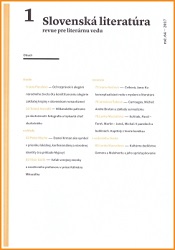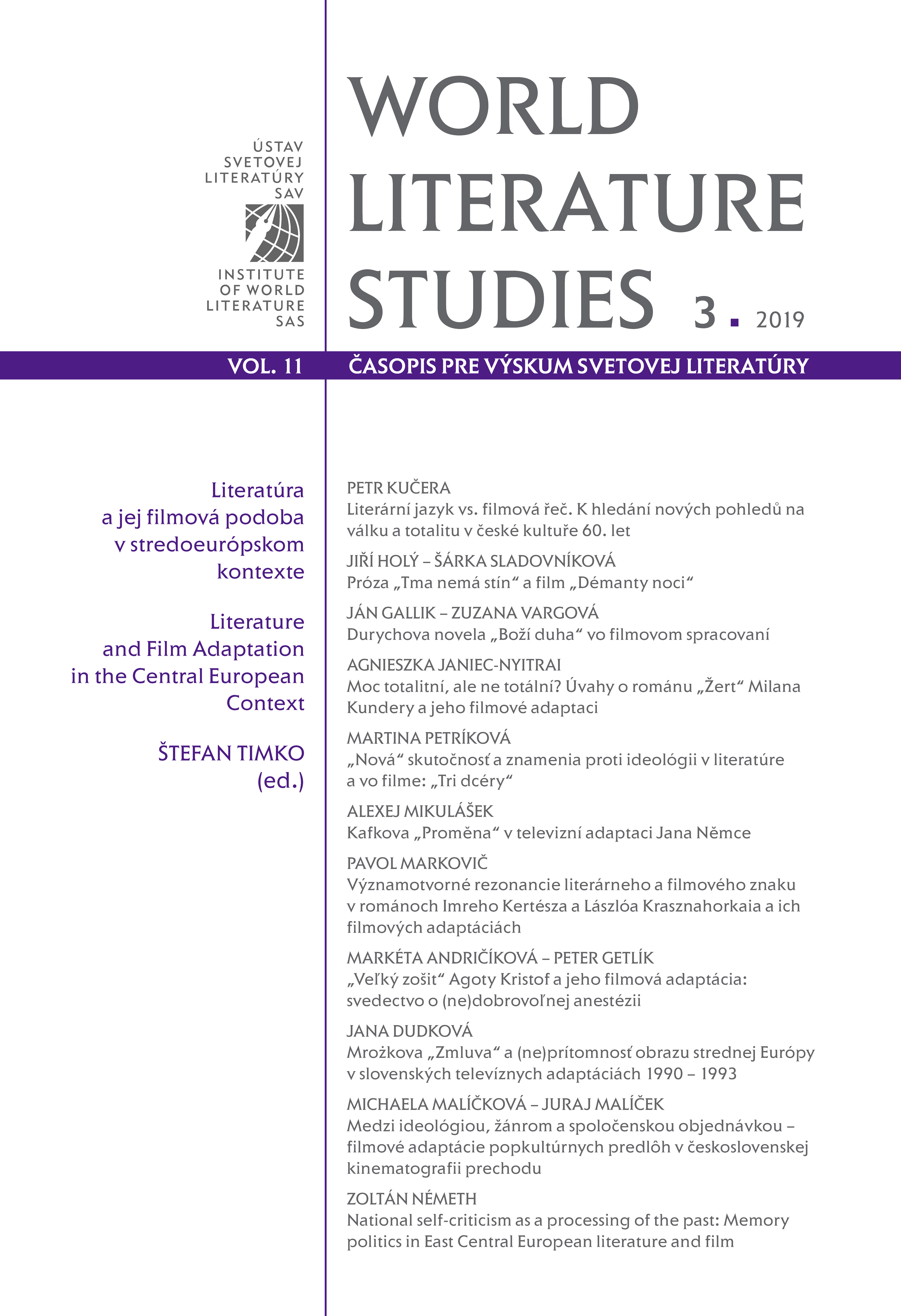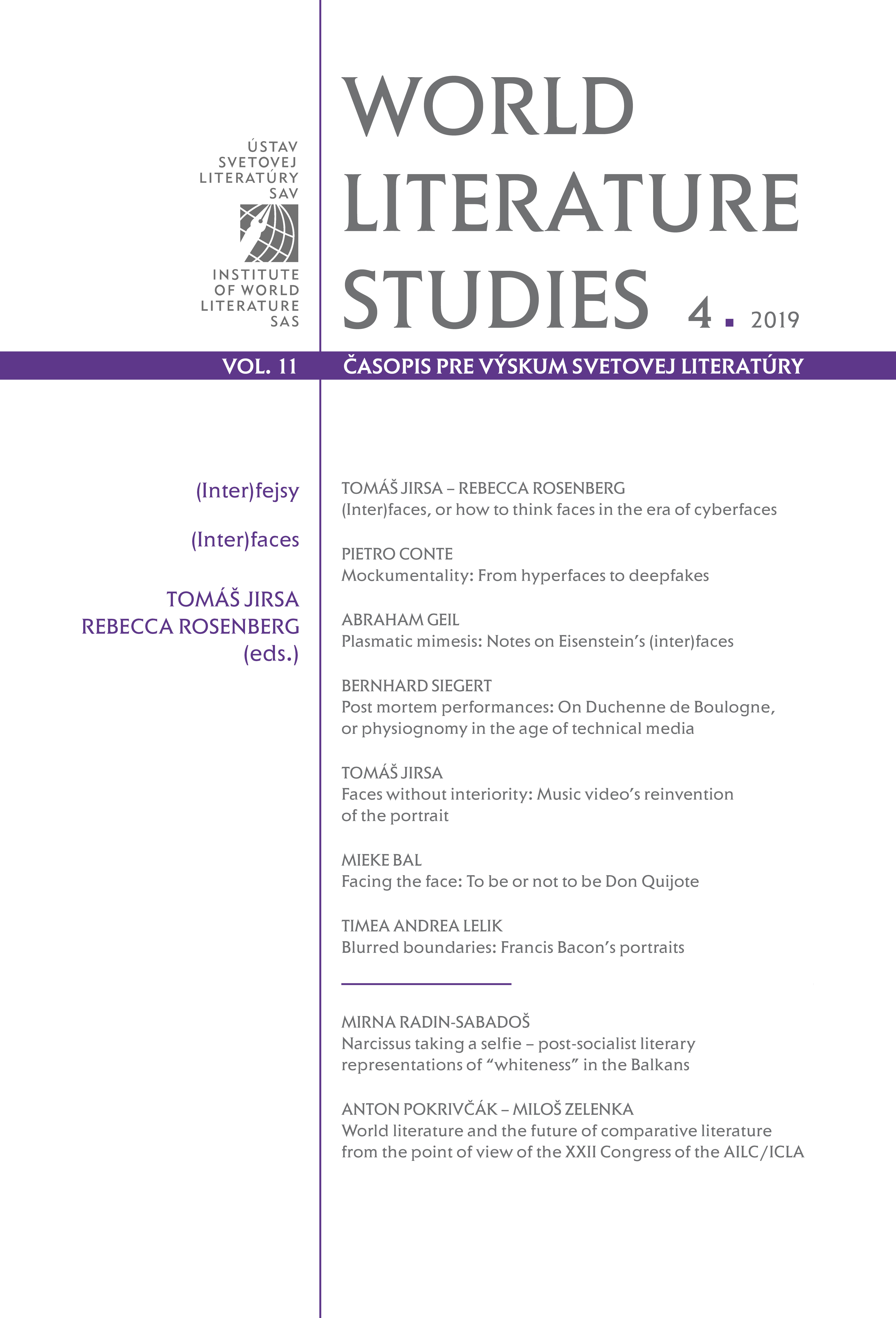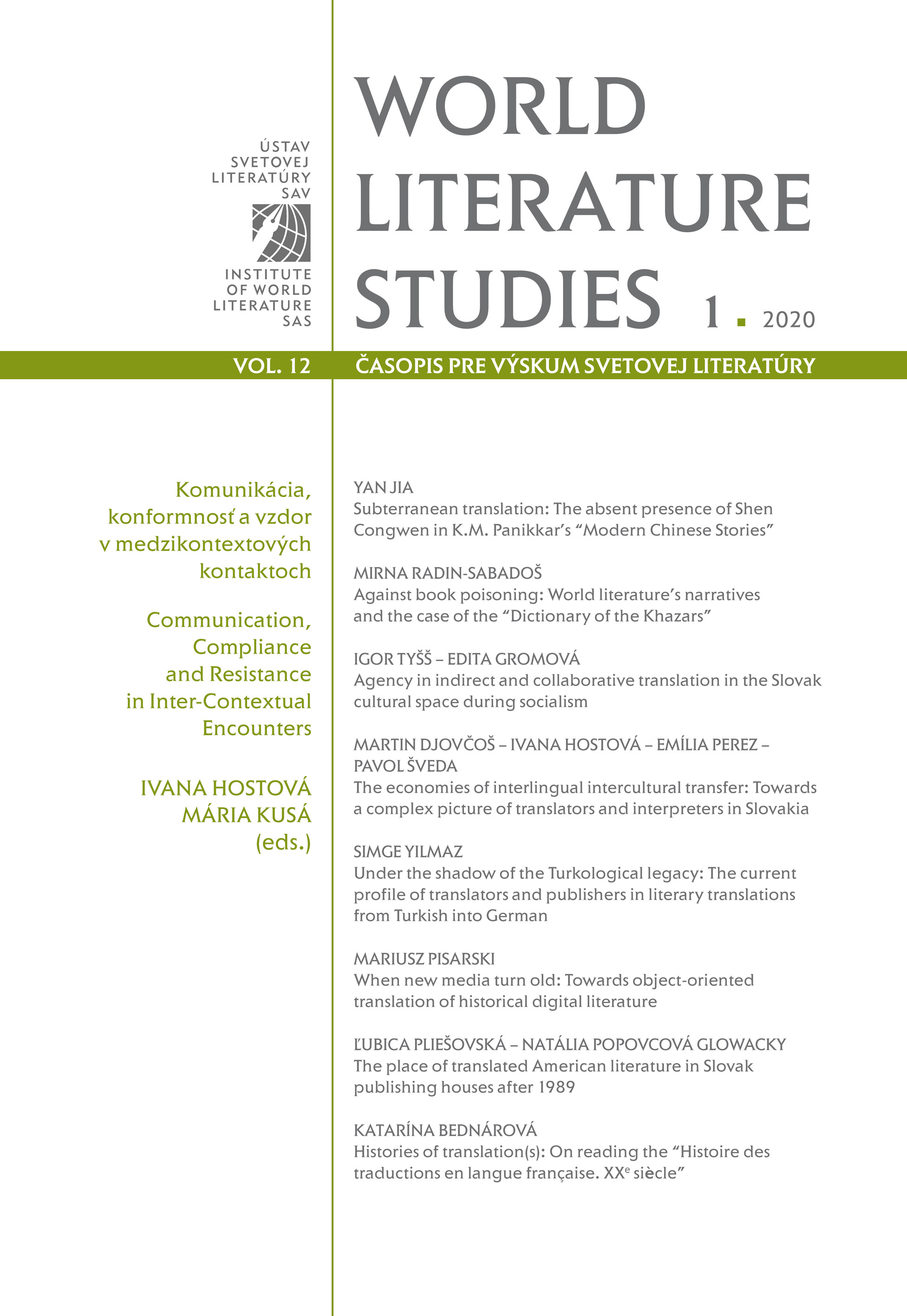TRI PODOBY POVSTANIA V SLOVENSKEJ DRÁME 1945 – 1949: POVSTANIE AKO ROMANTICKÉ DOBRODRUŽSTVO, KULISA I MOST K BUDÚCNOSTI
The study focuses on dramatic texts inspired by the Slovak National Uprising which were written in 1945 – 1949, i.e. at a time when the theme of the Uprising was not subject to a politically motivated interpretation. The author briefly introduces individual titles (altogether six dramas), but she focuses primarily on the interpretation and analysis of plays by three authors: Ivan Stodola Básnik a Smrť (The Poet and Death, 1946), Leopold Lahola – Štyri strany sveta (The Four Sides of the World, 1947), Peter Karvaš – Bašta (The Bastion, 1948). She points to the problematic aspects of these plays, as well as to some features which distinguish them from plays by other playwrights writing about the Slovak National Uprising in this period (Rudolf Latečka-Repický, Ján Skalka, Viera Markovičová-Záturecká) and which can be in a sense considered interesting or original. The study also addresses the rise of “the period iconography of the Uprising”, i.e. a set of certain recurrent themes, motifs and methods which occur in works of art depicting the Slovak National Uprising from the period of 1945 – 1949, including film, visual arts and drama.
More...








